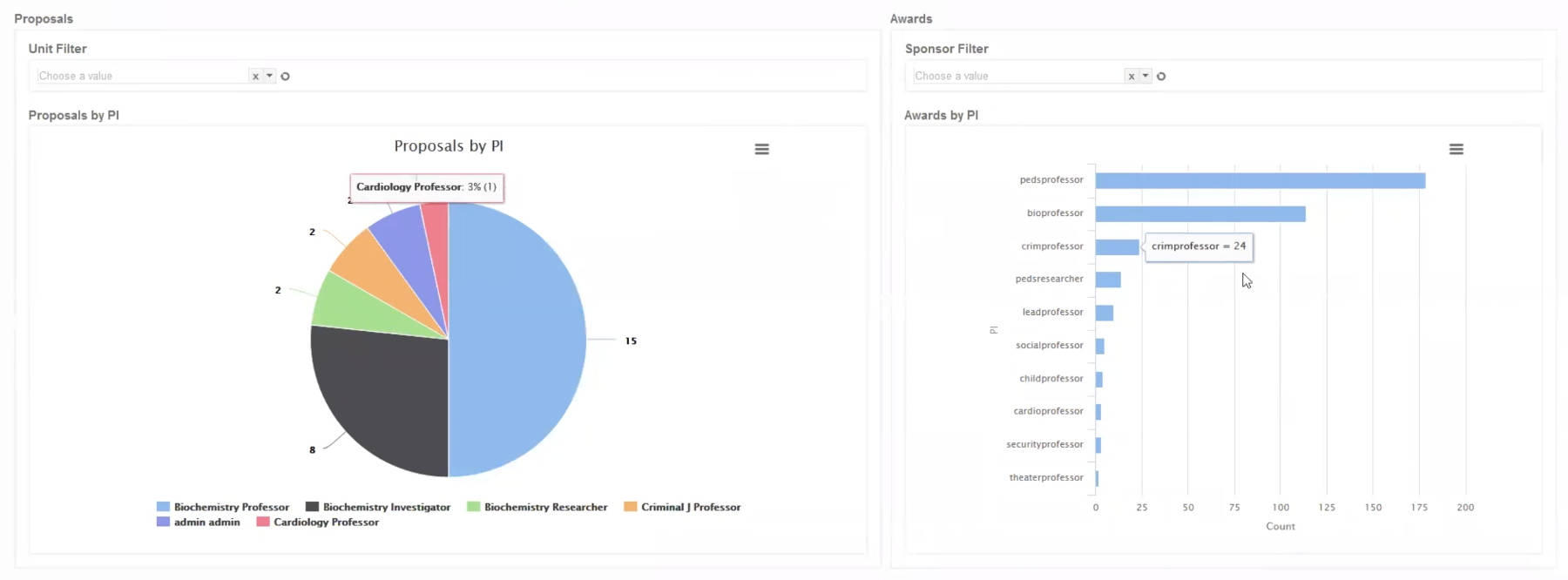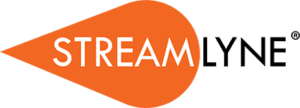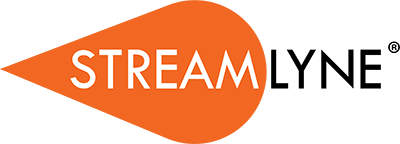
The purchase of eRA software isn’t one that research institutions take lightly. Research administration is probably one of the most complex tasks a university or private research institution undertakes. It requires the institution to document:
- proposed research
- funded research
- all associated expenses
- PIs
- other resources performing the research
- research subjects (human and animal)
- compliance with federal, state and institutional regulations.
To automate all these tasks and to be in compliance, most research institutions use eRA software in one form or another.
Why use eRA software?
Using comprehensive eRA software reduces the complexity of the research administration process. It also speeds up approval, submission and award management, as well as compliance processes.
To manage compliance with proposal submission guidelines, research administrators need proposal development tools. To be efficient, these tools must enable and simplify group contributions and group evaluation capabilities with sophisticated workflow automation. Proposal development also requires tools to prepare proposal budgets.
These activities may sound straightforward. However, they require close coordination with the institution’s Human Resources and Accounting systems. This interaction is critical for correctly identifying, assessing and allocating personnel costs. These costs include fringe benefits, lab space, support and other overhead.
Communication
Another major component of research administration is communication among the research team. This includes routing proposals through an institution to obtain reviews and collect the necessary approvals. All of this is required before the Research Administration team can submit a proposal.
Proposals
Submitting proposals may also be a daunting task. Although many research proposals are destined for consideration by federal funding agencies, properly submitting the proposal and its accompanying documentation is both time-consuming and error-prone.
When an institution receives funding, the emphasis changes from proposal management to award management. Negotiating the terms of the award is an important function, since the institution will be responsible for meeting all the terms of an award. The institution will use the negotiated award as a roadmap for all research activities associated with the grant until it closes out the award.
eRA software consolidates all aspects of grant management
Grant management requires significant effort to ensure that the institution properly accounts for all grant funding. A proposed budget for a research program may not reflect the actual awarded funding. In that case, the budget (and sometimes the program itself) must be modified to match the available funding.
Subawards
In addition to managing the award, an institution may need to manage subawards to other research institutions. Managing subawards may mean allocating costs to the subawardee, ensuring that they performs their designated functions correctly, and managing any conflicts that subcontracted researchers may present.
Documentation
Institutions must also carefully document all research that uses human or animal subjects. Research programs that incorporate human or animal research require separate committee reviews and approvals for each planned research activity. Further, once the plan is approved, the research team must document the research protocols as they are actually conducted. Committees must independently review the results to ensure that the research has been conducted correctly and safely according to the plan.
Compliance management
Managing compliance goes beyond the research itself. Researchers may have relationships with funders or outside agencies that can interfere with the independence of the research process. Institutions must discover, document and manage these relationships to prevent them from exerting undue influence over the research results. This is where tracking and managing potential conflicts of interest comes in.
And of course, research institutions may typically have dozens or hundreds of proposals and awards in various stages of management in any given year. With so many moving parts, it is no wonder that institutions turn to eRA software to manage the details.
Three key benefits of eRA software
eRA software can manage all aspects of research administration from proposal to award to compliance to close-out. Three of the major advantages a comprehensive eRA software brings to the table are:
- communication documentation
- change documentation
- workflow
A research institution must be able to audit all aspects of the research process, beginning with the proposal.
If an eRA software system manages the entire process, it documents all communication among team members and approvers. The same is true with changes to a proposal or an award. If a team member makes a change to the proposal record, the eRA software system documents it for later examination. Likewise, the eRA software controls the workflow, so a future reviewer can determine how a proposal or award moved through the institution’s approval process, who was involved, and what they did.
Additionally, allowing the eRA software system to control this workflow means that the proposal or award moves through the institution’s review and approval process without the need for manual intervention. No one needs to remember to forward a document to its next step. Automation and alerts alone can cut days or weeks from an approval process.
Finding the best eRA software
Streamlyne delivers a comprehensive, cloud-based eRA software system that efficiently manages the research administration process from proposal development to award closeout.
For more information about Streamlyne Research and how Streamlyne Research can reduce your institution’s overall research administration costs, please contact us.

